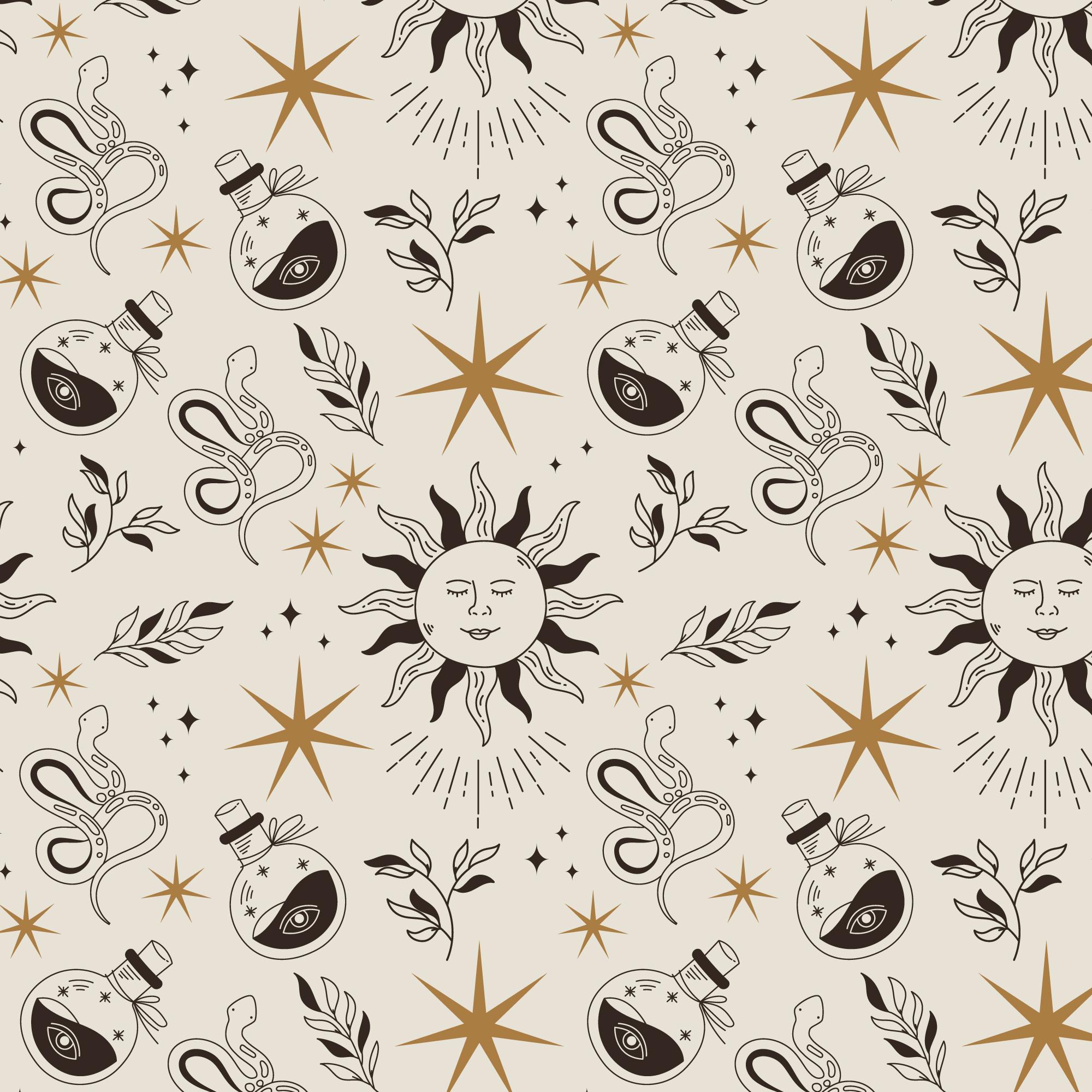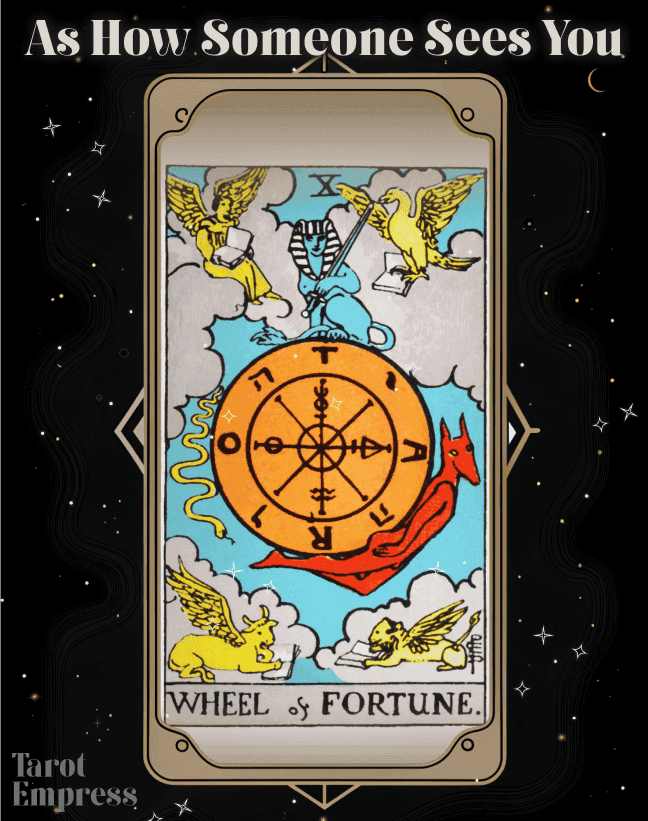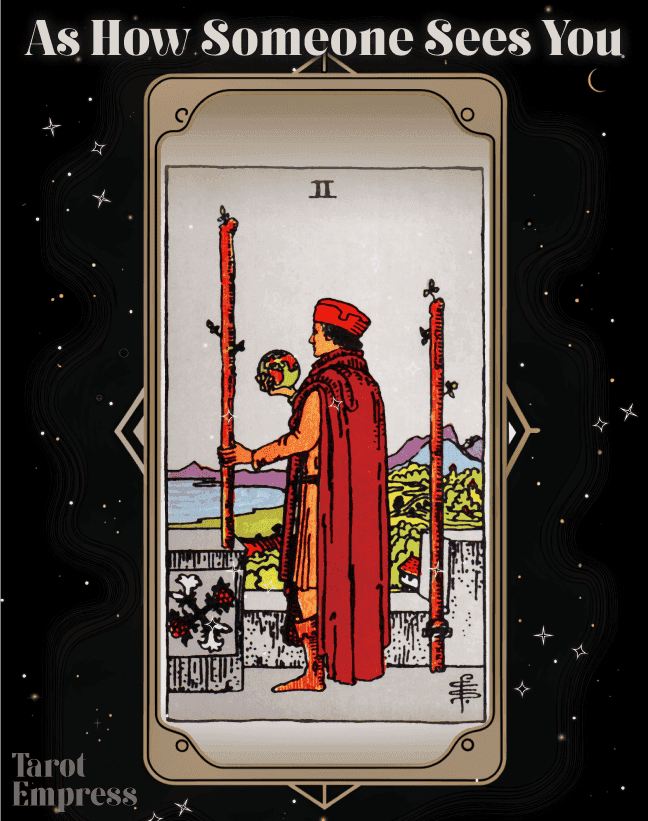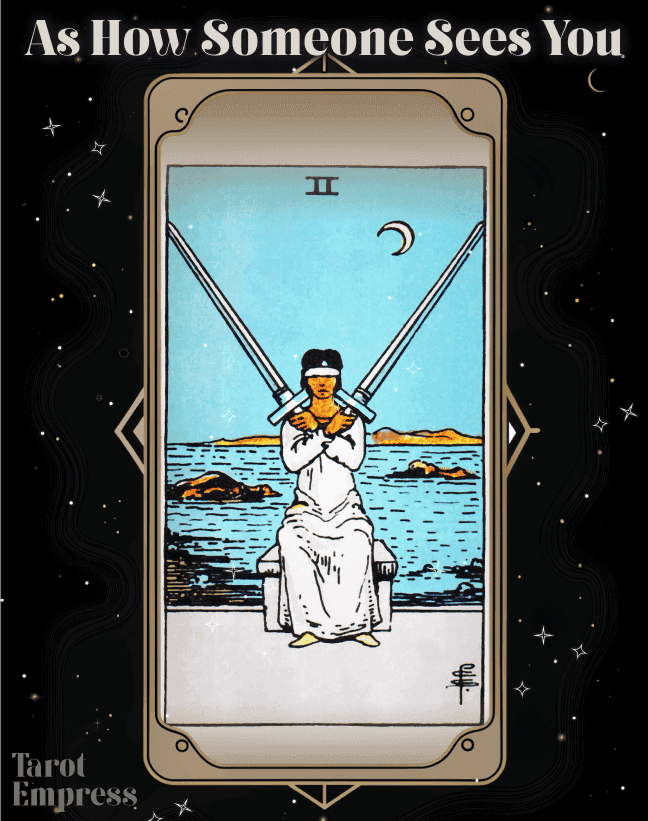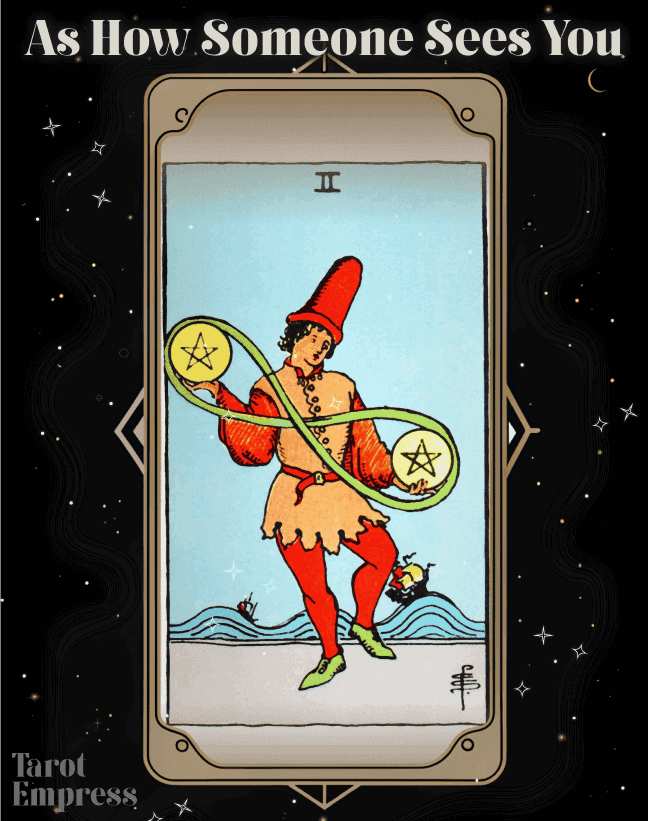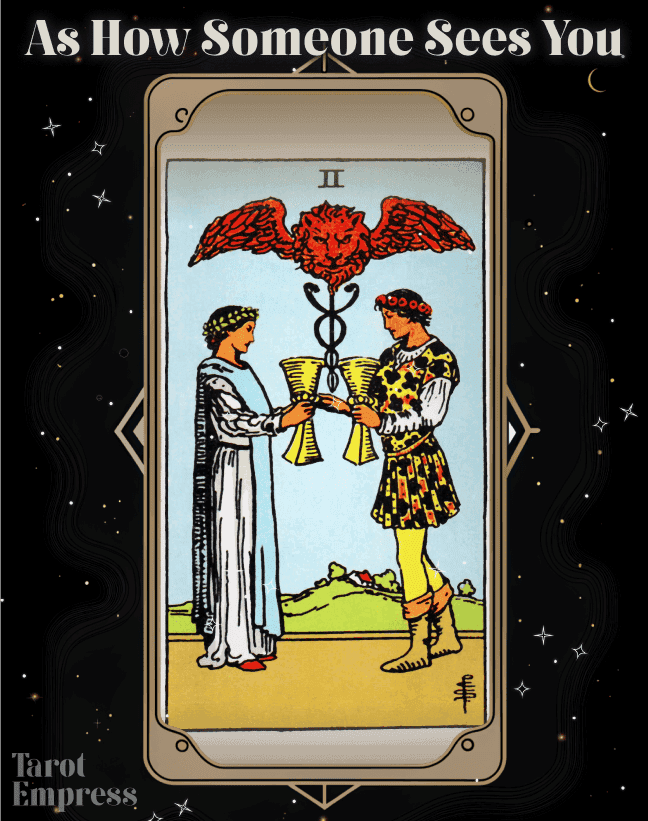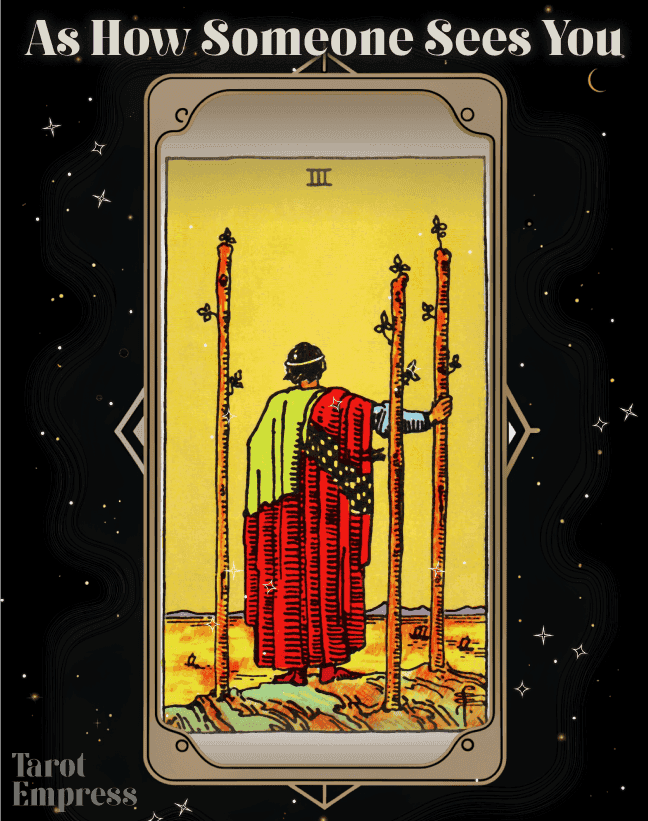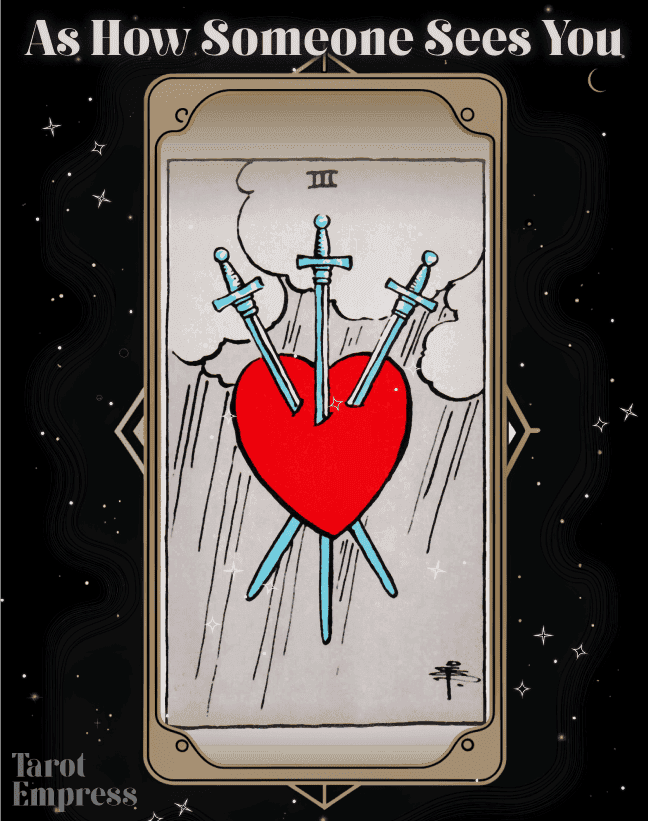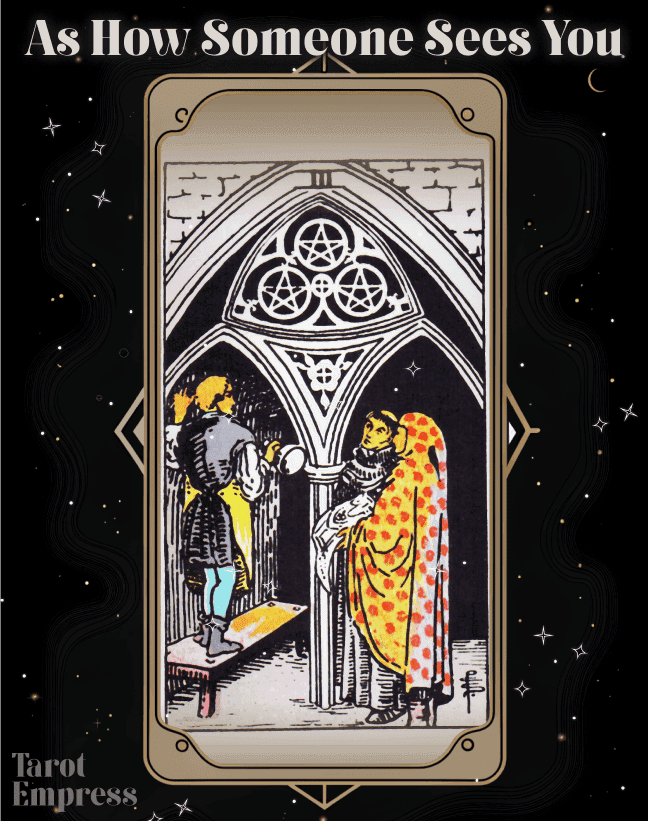The Chariot, a significant card in the tarot's major arcana, symbolizes a blend of sheer determination and control, qualities that often drive our emotions and relationships. When we consider The Chariot as feelings, it paints a picture of ambition and focus, offering insights into how these feelings shift between clarity and chaos, depending on whether the card appears upright or inverted.
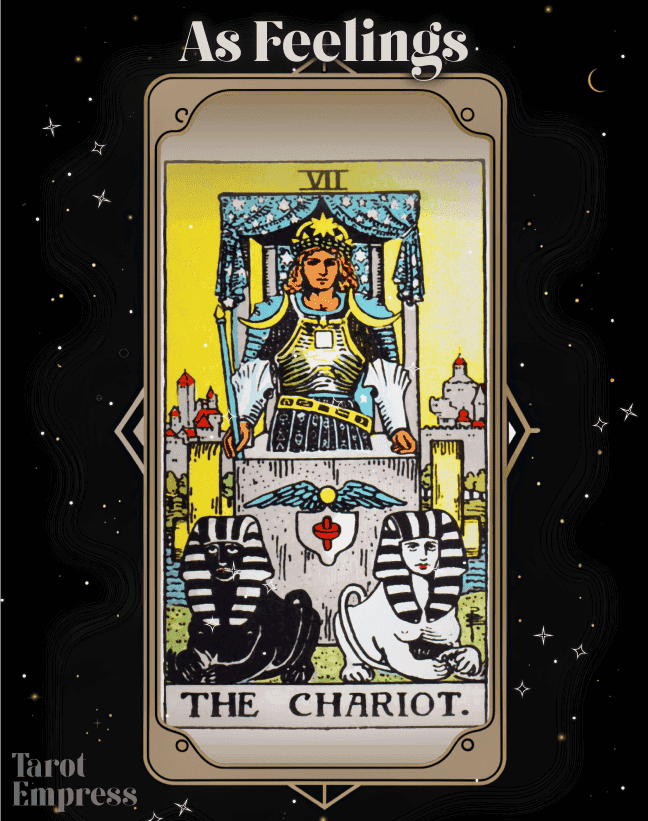
The Chariot Feelings: The Drive to Succeed
On the emotional front, The Chariot represents a surge of purpose and direction, fueled by inner strength and the will to overcome. Picture yourself setting out on a determined journey, emotions charged with the vigor of someone ready to conquer challenges. This card speaks to those intense feelings, capturing the essence of determination that can both fuel ambitions and guide personal encounters.
Consider the symbolism of The Chariot: a charioteer holding reins with a steady grip, eyes fixed on the destination. When this card appears, it often reflects emotions such as:
- Determination: The commitment to reach both personal and relational aims.
- Control: An urge to manage and steer one's emotional landscape with intent.
- Ambition: A desire to confront obstacles and achieve emotional victories.
Feelings associated with The Chariot can manifest as a relentless pursuit of passions, where an internal balance is struck between the wish for triumph and the necessity to stay true to one's path, influencing both personal and relationship realms.
The Chariot Upright as Feelings: Guided by Purpose
What does The Chariot say about their true feelings for you? Ask our Tarot readers.
In its upright position, The Chariot suggests mastery over emotions, marked by clarity and an assertive push toward goals. The upright Chariot signifies feelings of confidence and management where heart and mind work in harmony.
Key emotions associated with The Chariot upright include:
- Confidence: A strong sense of self-reliance in handling emotions.
- Focus: A clear vision regarding emotional matters.
- Courage: The bravery required to tackle emotional hurdles.
The Chariot Love Feelings: Passionate Pursuits
In the context of love, The Chariot upright suggests passionate and determined feelings. It resembles aiming directly at your heart's desires, with emotions not only felt but vigorously pursued and anticipated. Relationships tinged with The Chariot's energy are often marked by a zeal to overcome any barriers for the sake of love.
For Singles and New Relationships
For those unattached, The Chariot as feelings indicates readiness and enthusiasm for new romantic pursuits. It suggests dynamic change and development, with emotional energy focused on nurturing connections. The emotions that might arise include:
- Optimism: A hopeful attitude toward potential relationships.
- Readiness: A willingness to connect emotionally without hesitation.
For Existing Relationships
For those in established partnerships, The Chariot describes a dynamic force that drives the relationship forward, urging mutual goals and shared direction. It highlights:
- Cooperation: Working together and aligning within the partnership.
- Forward-Thinking: An openness to evolve as one.
The Chariot as Feelings for an Ex
In terms of feelings for an ex, The Chariot often suggests a desire to forge ahead while learning from past experiences. It might express feelings of closure or the need to rise above previous emotional obstacles. Emotions may reflect:
- Resolution: A determination to find peace and move on.
- Reflection: Reviewing past emotional experiences to progress.
The Chariot Reversed as Feelings: Losing Direction
What does The Chariot say about their true feelings for you? Ask our Tarot readers.
In its reversed stance, The Chariot tells a different emotional story, where feelings can be marred by struggle, a lack of focus, or an inability to control one's emotional path. It feels like emotions spiraling off course, causing confusion and disorder, and affecting how emotions are processed and communicated.
Central emotions linked to The Chariot reversed include:
- Frustration: A feeling of being stuck or unable to advance.
- Confusion: Lack of clarity in emotional decision-making.
- Helplessness: Difficulty in regaining emotional direction.
Reversed The Chariot Love Feelings: Navigating Rough Waters
In reversed love scenarios, The Chariot conveys potential instability in romantic pursuits. Emotions might run high but aren't channeled effectively, leading to discord or misunderstanding. It often involves unmet expectations and the challenge of recalibrating the course in love.
For Singles and New Relationships
For singles, a reversed Chariot may signal a time of emotional hesitation or dissonance with potential partners. It implies a need to pause, evaluate, and perhaps rethink the approach to dating and engagement. Feelings might include:
- Reservation: Caution in opening up to new emotional possibilities.
- Uncertainty: Ambivalence in progressing with potential partners.
For Existing Relationships
In current relationships, the card reversed indicates potential disruption to harmony. It might point to power struggles or indecision about the future of the partnership. Emotions might involve:
- Discontent: Feeling stuck within the relationship.
- Miscommunication: Misunderstandings regarding each partner’s emotional state.
Reversed The Chariot Ex Feelings
When considering The Chariot as reversed feelings for an ex, it often involves unresolved issues or lingering attachments that prevent progress. This variation emphasizes the need for self-reflection to understand internal turmoil. Feelings may manifest as:
- Unfinished Business: Continuous questions or tensions.
- Stagnation: Emotional inertia.
The Chariot as His Feelings for Me: Practical Steps
Gaining insight into The Chariot’s emotional themes can lead to practical steps for managing such emotions, whether they relate to oneself or a partner:
Seek Clarity: With an upright Chariot, define what you truly desire and maintain clear intentions in emotional engagements.
Find Balance: Ensure both partners' needs and objectives are equally prioritized to keep relationships on a thriving course.
Address Frustrations: With a reversed Chariot, confront any frustrations and remove blockages that inhibit emotional growth.
Reflect Regularly: Regular introspection is crucial for understanding emotional shifts and ensuring alignment with broader emotional landscapes.
Communicate Openly: Whether upright or reversed, communication remains vital. Share your emotions and actively listen to others.
Set Realistic Expectations: Align emotional goals with practical expectations, understanding the importance of steady progress in emotional journeys.
Seek Guidance: Consult tarot readings or engage in conversations with trustworthy confidants to gain perspective on complex emotions.
The Chariot Feelings for Someone: Lasting Impressions
The Chariot’s influence on emotions and relationships reveals a broad spectrum from confident strides to chaotic misdirection. It prompts awareness of how we feel and how those feelings translate into actions. With The Chariot, emotions become an intricate dance between decisive action and reflective thought, stressing the influence of intent and the need for control. Tarot gives us a window into our internal worlds, encouraging us to direct our emotional chariots toward growth and mutual understanding. Following The Chariot means refining the artistry of managing emotions, leading to an experience that is meaningful and transformative, resonating deeply with our essence.
FAQs
In what ways do The Chariot love feelings impact romantic relationships and their emotional bonds?
The Chariot suggests a dynamic and goal-oriented approach to love, where passion is felt deeply, and obstacles are met with determination. This can lead to strong emotional bonds and a robust relationship, characterized by mutual ambition and a shared sense of purpose. It encourages partners to pursue common goals with energy and commitment.
How does The Chariot reversed as feelings change emotional interpretations in a tarot reading?
When The Chariot appears reversed, it indicates a potential loss of direction and control in emotional matters. This can result in confusion, indecision, or emotional stagnation. The reversed card suggests the need to reassess one's feelings and regain focus to overcome emotional barriers and restore balance.
What can The Chariot as feelings for an ex tell us about our past ties?
In the context of an ex, The Chariot may reflect unresolved feelings or a need for closure. It often represents a desire to learn from past experiences, either to find peace or to prevent similar mistakes in future relationships. This card encourages reflection on past emotional journeys to better understand one's current stance.
How does The Chariot as feelings for someone enhance our understanding of interpersonal dynamics?
The Chariot's influence highlights the importance of intention and direction in understanding relationships. As feelings, it demonstrates a need for clear communication and a focused approach to deepen bonds or address challenges. This card inspires us to consider how our personal ambitions align with others' needs and emotions.
What can The Chariot as his feelings for me disclose about emotional depth and authenticity?
When drawn to represent someone's feelings toward you, The Chariot suggests a blend of determination and sincerity. It hints at their willingness to invest deeply in nurturing the connection and overcoming challenges together. This card reveals a potential for authentic emotional engagement backed by intent and perseverance.
How does The Chariot inform our personal growth journey through its emotional insights?
The Chariot offers guidance in channeling ambition and focus toward personal development. It assists in identifying the control we have over our emotional paths and how to steer them constructively. Allowing oneself to reflect on The Chariot’s energy encourages personal growth by fostering resilience and forward movement despite emotional challenges.
